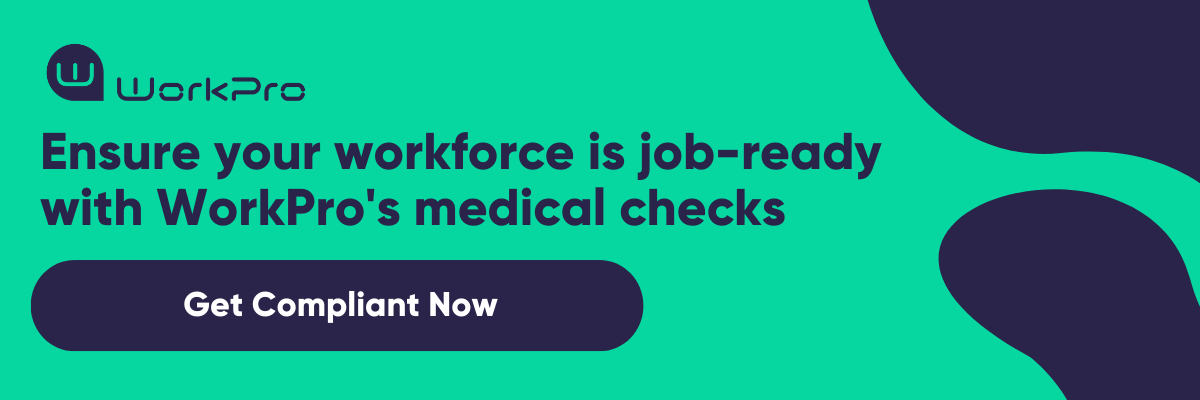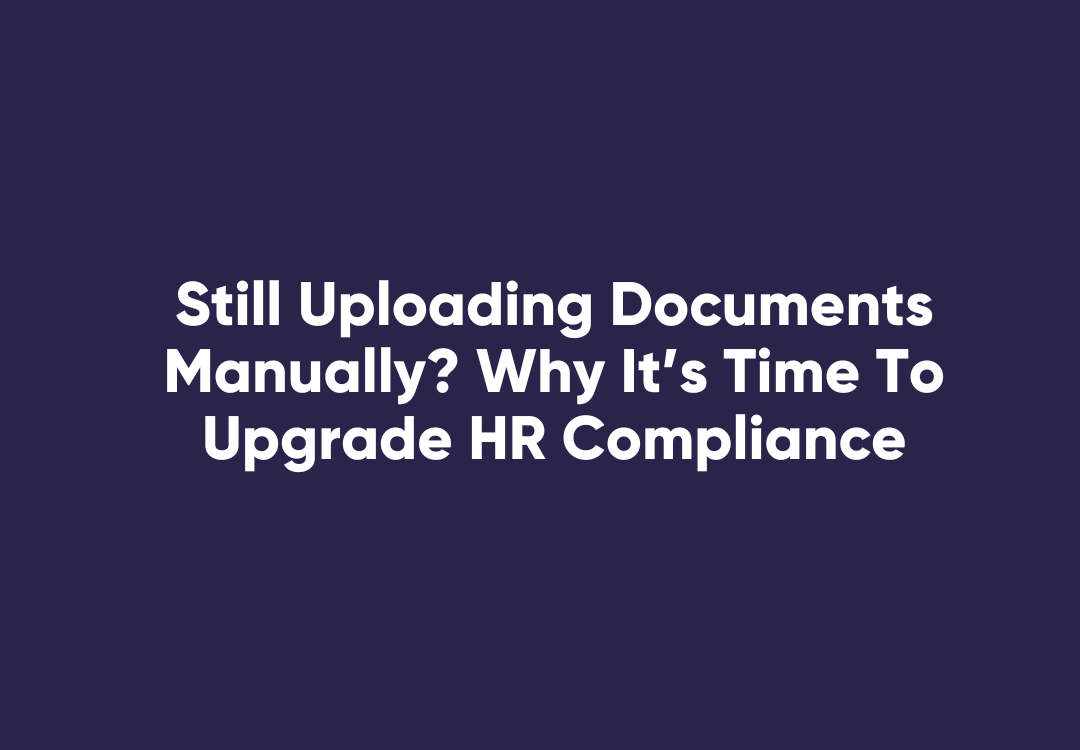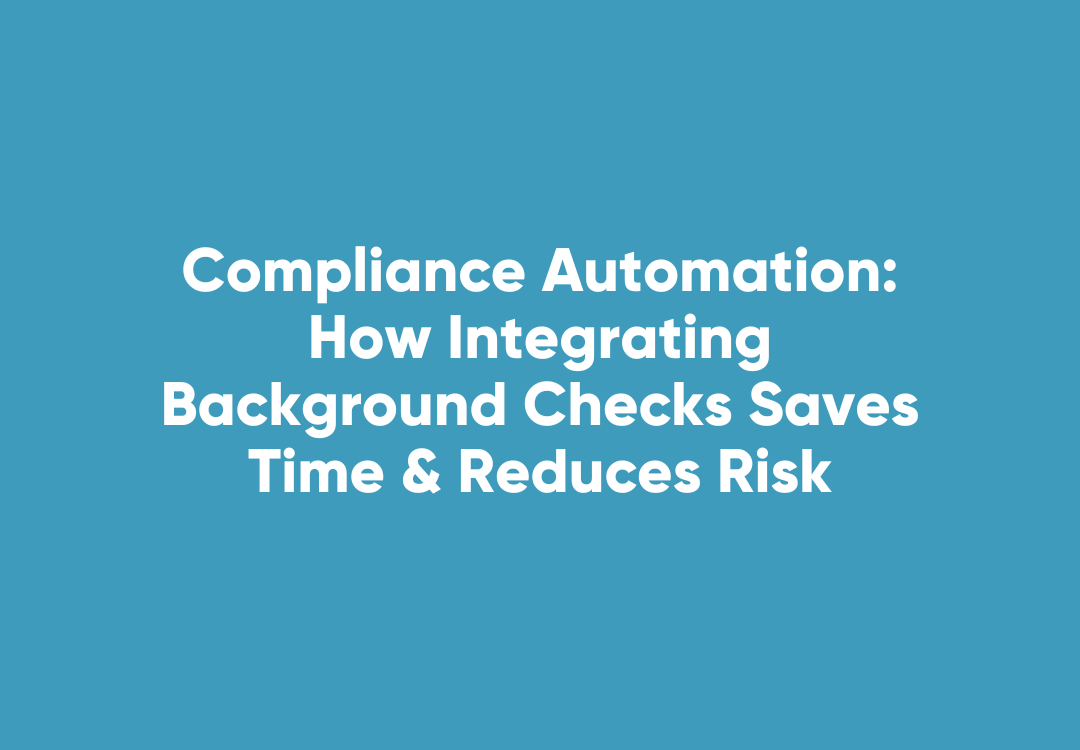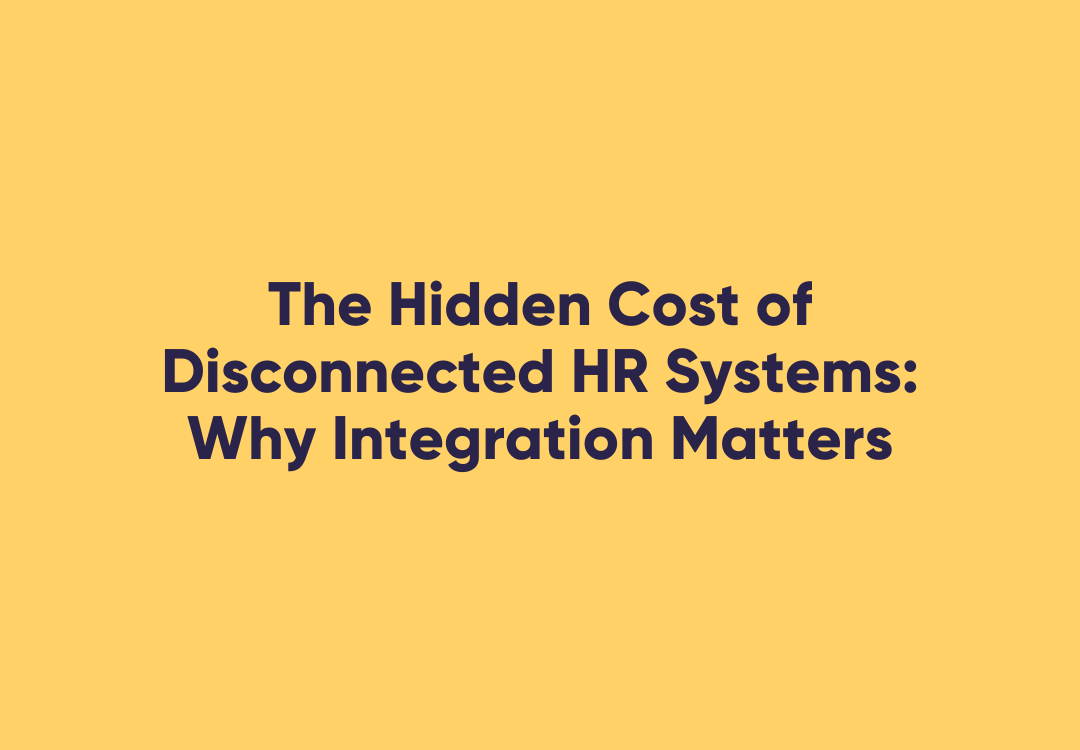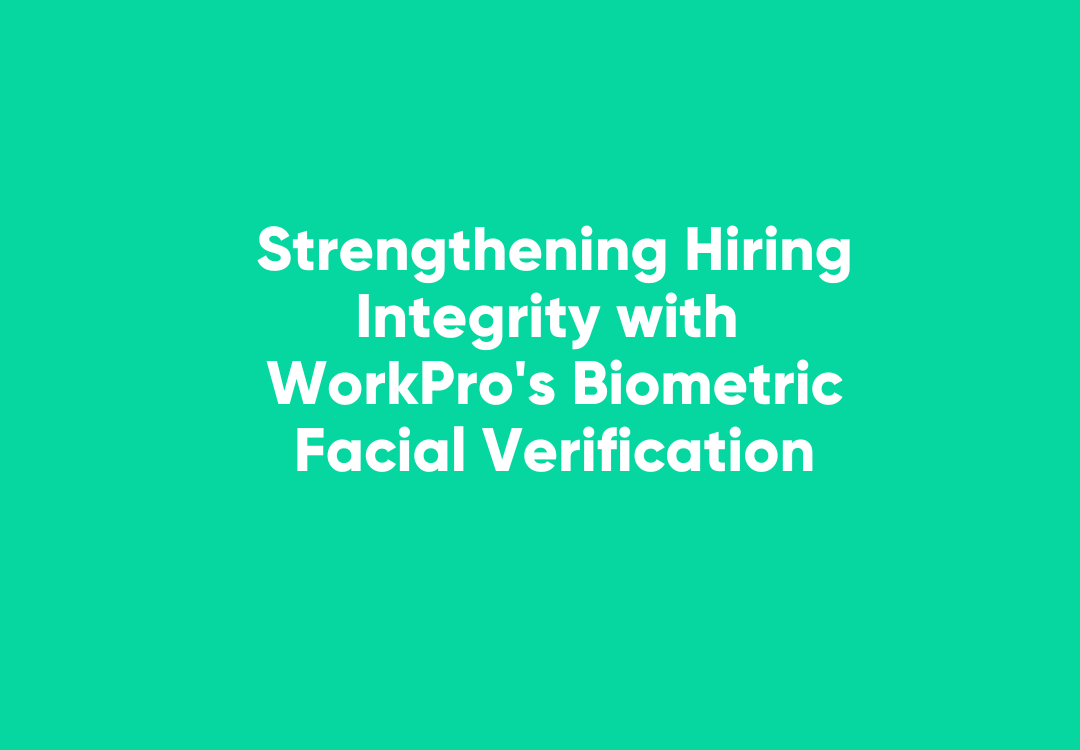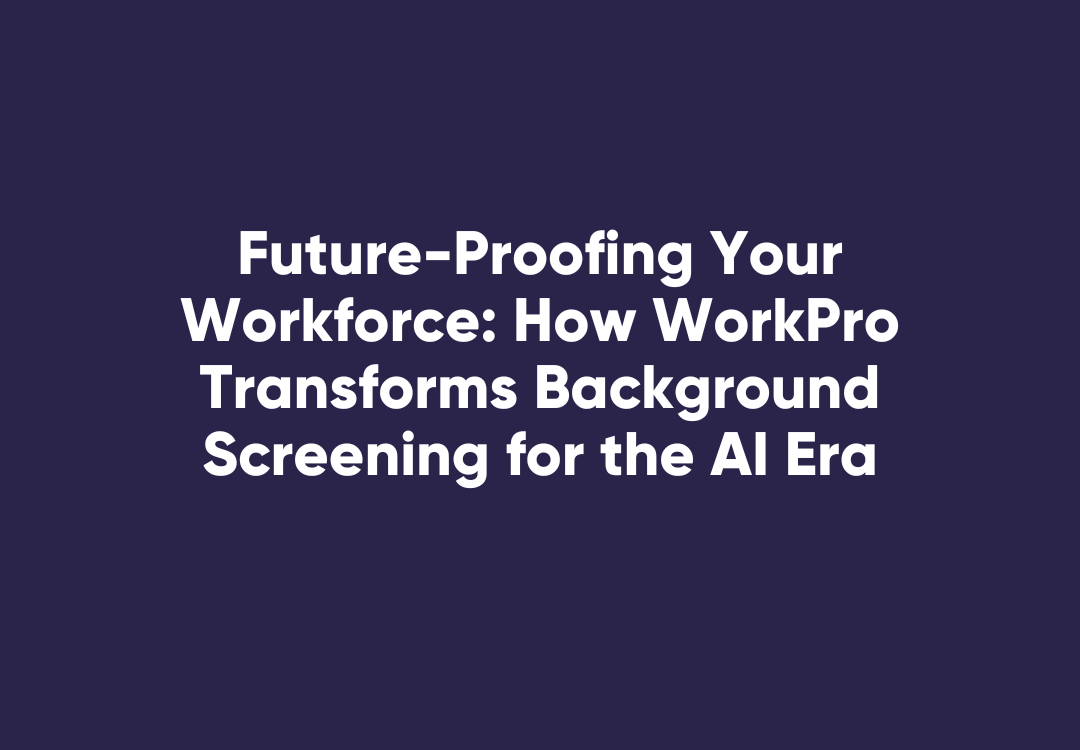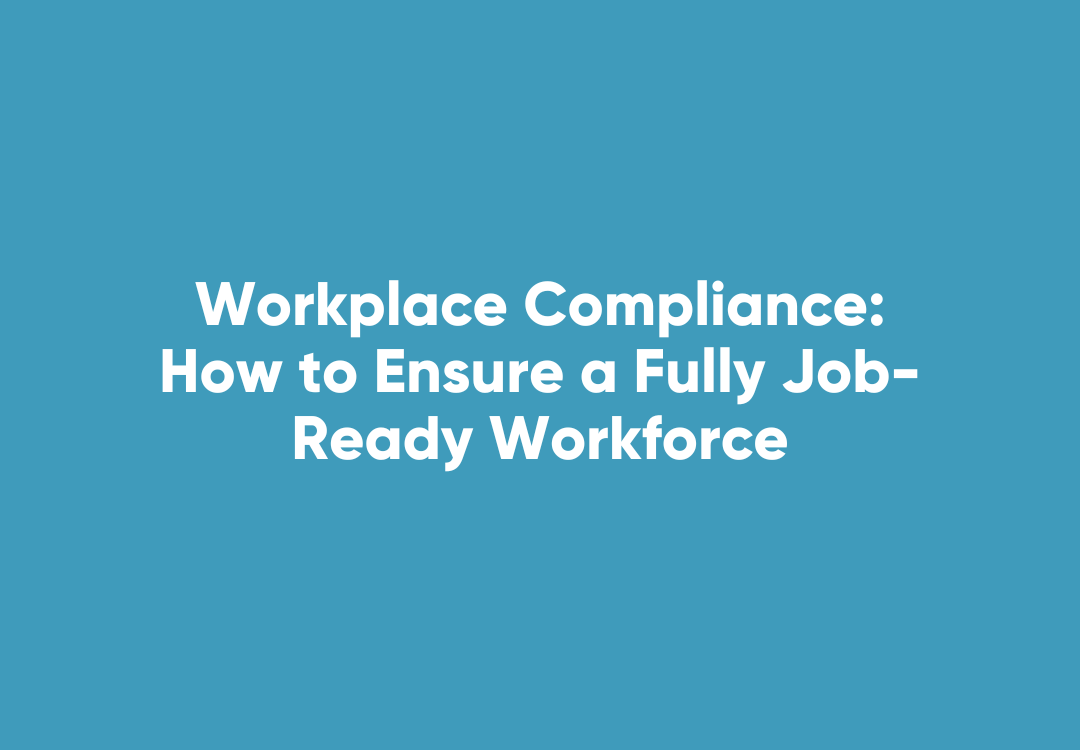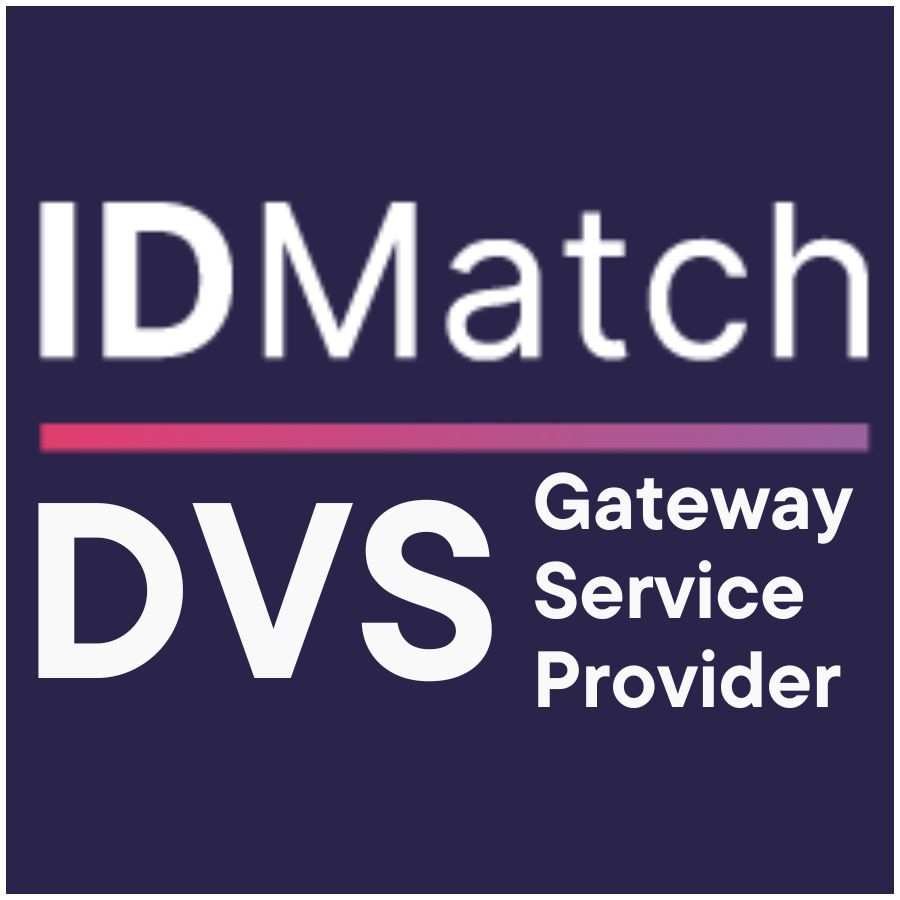Don’t Forget Digital: Workplace Bullying Can Take Cyber Form
E-mail messages, Facebook whinges, Twitter rants : The digital landscape presents a whole new world for employees to interact, and many log on to these sites during work hours.
Online activities can have a very real impact on people’s day-to-day lives, including work, and for that reason, cyber-harassment is something to take very seriously and address in work health and safety training.
What is cyber-bullying in the workplace?
In general, workplace bullying is behaviour that offends, degrades or threatens a worker.
Workplace bullies employ a range of avenues to inflict harm on colleagues or employees.
This could range from direct verbal and physical altercations to more subtle activities like withholding necessary resources or purposefully inconveniencing a worker through scheduling.
While online platforms might not facilitate physical interactions or yelling, there are plenty of opportunities for psychological harassment, intimidation, humiliation, exclusion and other types of abuse.
For instance, an employee might threaten another worker on Facebook or post malicious personal comments about particular co-workers.
These actions don’t necessarily have to take place during work hours to be considered workplace bullying:
The Fair Work Commission has been reviewing such cases, with barristers weighing in on what factors need to be in place for harassment to fall under workplace bullying categories.
Recently, the commission ruled in a landmark case that Facebook rants can constitute workplace bullying if employees accessed the comments at work – even if they were posted outside of working hours, the Australian Associated Press* reported in a December 19, 2014, article.
How can companies respond?
As outlined in the Fair Work Act of 2009, employers have a legal responsibility to provide their staff with safe, healthy places to work.
That’s why conducting comprehensive training that covers this type of harassment is an important part of staff inductions and ongoing instruction.
With new factors, such as technology and social media, changing the way co-workers interact, it’s essential for HR directors and business leaders to review and align their compliance strategies, policies and practices.
This includes a specific social media policy outlining acceptable use of these platforms at work.
“Employers need to have policies in place that make it clear that posting inappropriate materials on social media sites about the company, managers or employees is unacceptable,” urged a spokesman from industry body Ai Group in response to the Fair Work Commission’s ruling, according to the news source.
Of course, these social media considerations must be addressed within a broader anti-bullying strategy.
Learn more about this workplace issue and what you can do to manage it by downloading WorkPro’s free Workplace Bullying ebook.
*Australian Associated Press, “Facebook rants can be bullying: Fair Work”.



